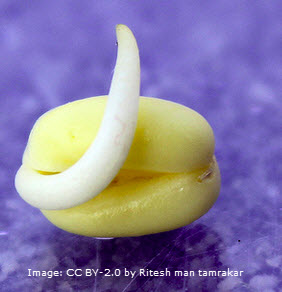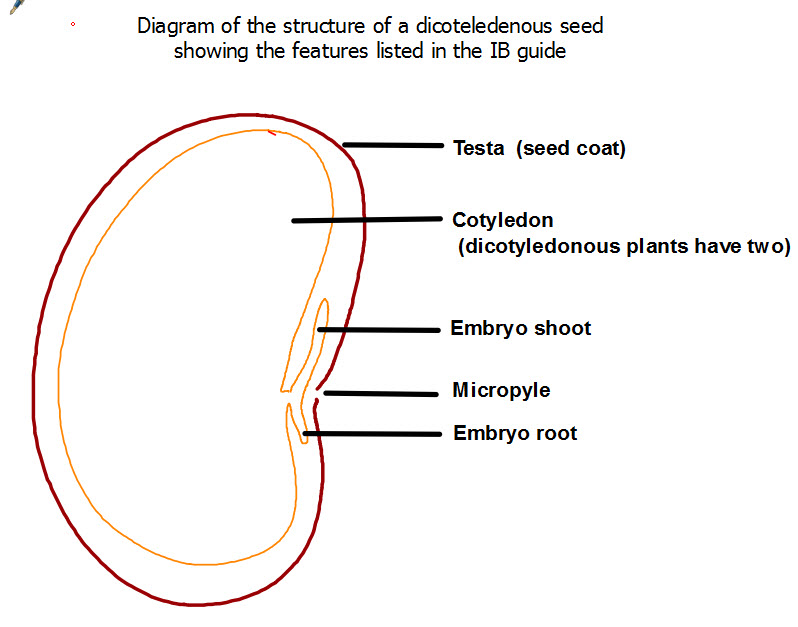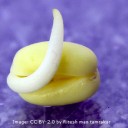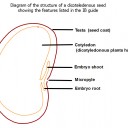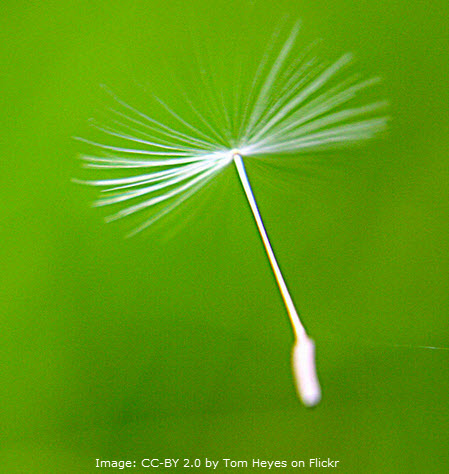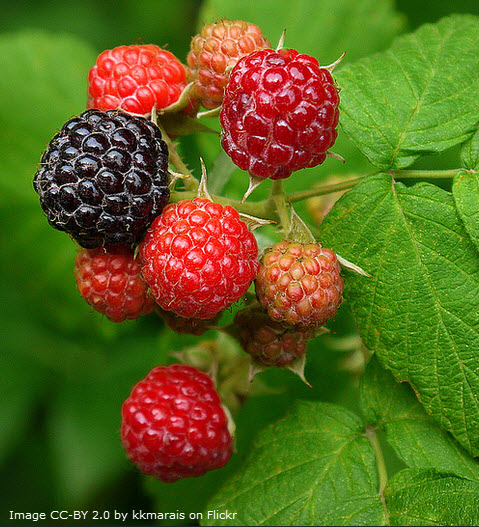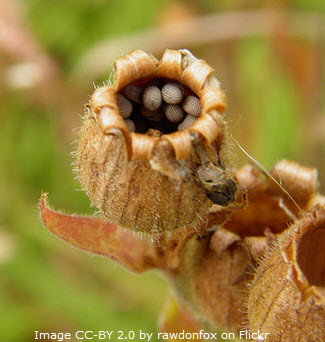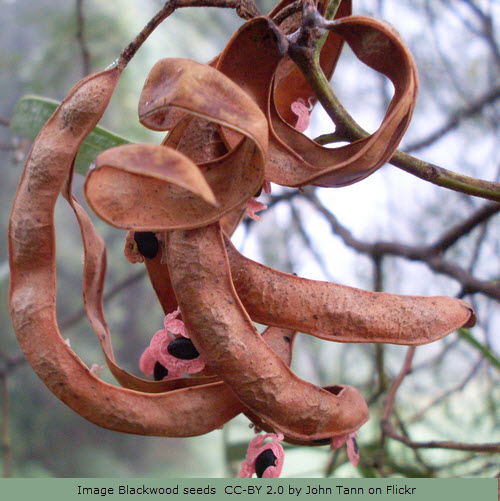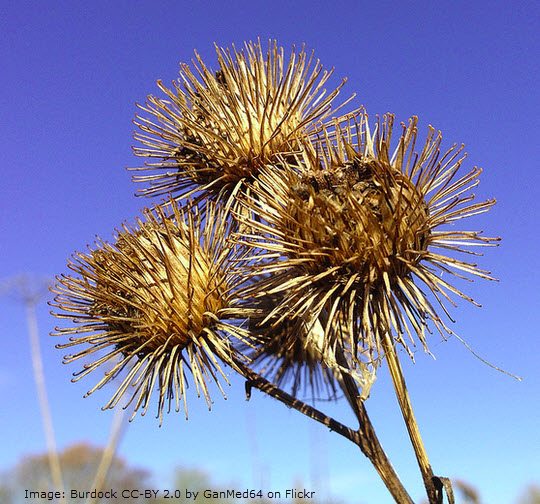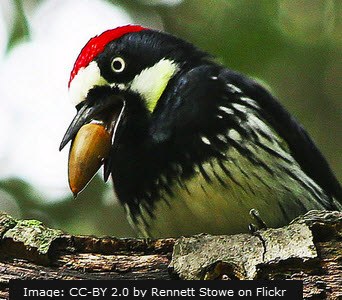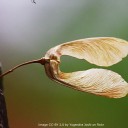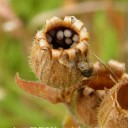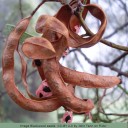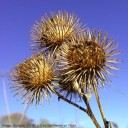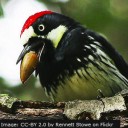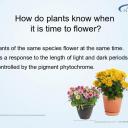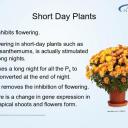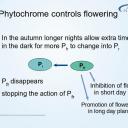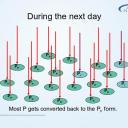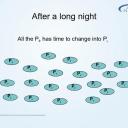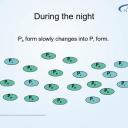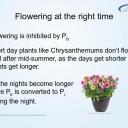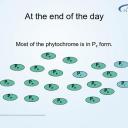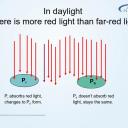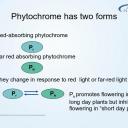Seeds, flowering & phytochromes
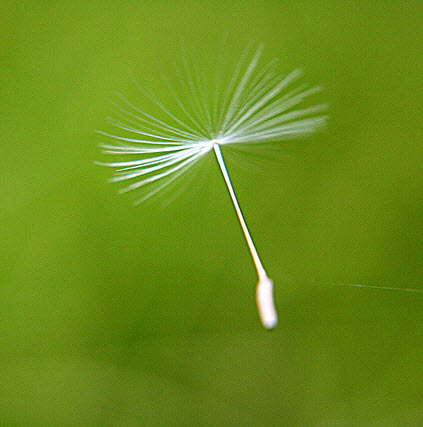 Seeds are a crucial part of plant reproduction and there are many methods used by plants for seed dispersal. This activity covers both seed structure and dispersal. Flowering in any plants takes place at specific times of the year. The timing of flowering is controlled by phytochromes (Pr & Pfr) which enable plants to detect day length and control gene expression. A set of slides helps to explain this process.
Seeds are a crucial part of plant reproduction and there are many methods used by plants for seed dispersal. This activity covers both seed structure and dispersal. Flowering in any plants takes place at specific times of the year. The timing of flowering is controlled by phytochromes (Pr & Pfr) which enable plants to detect day length and control gene expression. A set of slides helps to explain this process.Lesson Description
Guiding Questions
- What must happen to the pigment in the presence of light?
How can a pigment change the behaviour of the cells
Hint: Click to display some suggestions
The pigment must be changed by the light.
There might be an active form of the pigment.
The active form of the pigment could promote (or inhibit) gene expression.
Activity 1 - Dissection of a dicotyledonous seed
The first stages in the development of a mature seed are (broadly speaking) equivalent to the formation of a blastocyst in human reproduction. A fertilized egg cell divides by mitosis, some of the cells become specialised and a tiny embryo forms.
Dissect a fresh broad bean seed or a dried seed which has been soaked for at least 3 hours.
Draw a diagrams and label the five parts of a seed which can be clearly seen.
Some seeds could be left "un-dissected" to germinate on filter paper over the next few days but this is not essential.
Activity 2 - Seed dispersal.
The following images show a variety of seed dispersal methods. Look at the images and complete the worksheet below.
Complete
Activity 3 - How does daylight control the start of flowering?
Plants can absorb light and respond to it using special pigments. We know already that guard cells open stomata in the presence of light. Seeds germinate in response to light, and flowers flower at specific times of the year controlled by the amount of light in a day (day length)a few ideas about germination
Key points about phytochrome
The pigment phytochrome exists in two inter-convertible forms, Pfr and Pr
The far-red absorbing phytochrome, Pfr is biologically very active.
Pfr promotes flowering in many plants. (Long day plants - that flower during the summer)
Flowering genes have to be expressed for a plant to flower.
****
Far red absorbing phytochrome, Pfr, is formed from Pr in plant cells during exposure to red light (660 nm) in daylight.
The other form of phytochrome, named Pr, is formed from phytochrome Pfr when it is exposed to far-red (730 nm) light.
This form Pr is biologically inactive so does not promote flowering in long day plants
****
Pfr is thought to inhibit flowering in plants which only flower in spring or autumn.
These spring flowering plants are called 'short day plants' but it is the long night which converts Pfr to Pr
Read these powerpoint slides about phytochrome and the onset of flowering.
Answer the ![]() IB style question about phytochrome pigments and initiation of flowering shown below
IB style question about phytochrome pigments and initiation of flowering shown below
Teacher's notes
The Guiding questions are intended to guide students thinking in preparation for activity 3. It is important that plants flower at the right time of year, to optimise cross pollination and to enable flowering and seed production at an appropriate time of the year.
Activity 1 and 2 are simple explorations of plant seed structures and the methods of dispersal.
Students are only required to know the five structures of the seed mentioned in the image diagram.
Students are not required to memorise the different methods of seed dispersal but they do have to explain what seed dispersal is.
Activity three require some explanation or research. There are model answers in the linked page on the left menu.

 IB Docs (2) Team
IB Docs (2) Team


